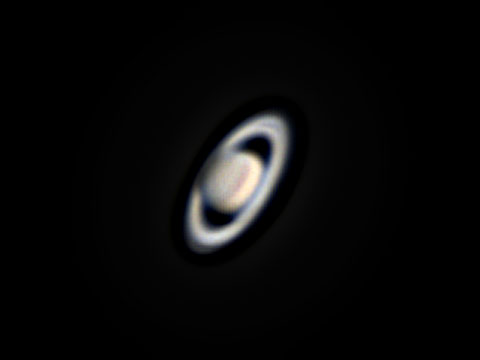Saturn is the 6th furthest planet from the sun. It’s about 10 times further from the sun then we are. It takes over 29 years to orbit the sun. Saturn has 62 known moons. Saturn is composed of mostly hydrogen and helium and is about 9 times the size of Earth.
What to Look for in September 2017
Jupiter will be visible for about an hour near the western horizon just after the sun goes down. It will appear to get closer and closer to the setting sun as the month progresses.
Saturn will start the month in the SSW. It will be visible in the evening skies throughout September.
Venus and Mars will both be visible near the Eastern horizon in the early morning hours. If you are up that early and the skies are clear, you might also get a view of Mercury. It rises at 5:52, followed by the Sun at 6:34 AM.
Both Neptune and Uranus will be in the night skies throughout September. Neptune rises as 7:34 PM on September 1, followed by Uranus at 9:29 PM.
No major meteor showers peak during September. But, there are two minor showers, the September Epsilon Perseids and the Southern Taurids that have the potential to add a few shooting stars to the night skies.
Moon Phases:
1st Quarter is the 27th
Full Moon is the 6th
3rd Quarter is the 13th
New Moon is the 20th
(Gerry Lebing is a retired computer scientist with the U.S. Geological Survey in Washington, D.C. He has visited Hatteras Island since the mid-1970s. He and his wife, Karen, have owned property here for several years and moved to their home in Waves full-time in 2013. Astronomy is a subject that Gerry says he has always been interested in and one that he pursues seriously — he’s built an small observatory next to his house. You can send him questions about the night sky through e-mail, gerry@wmi.org.)



